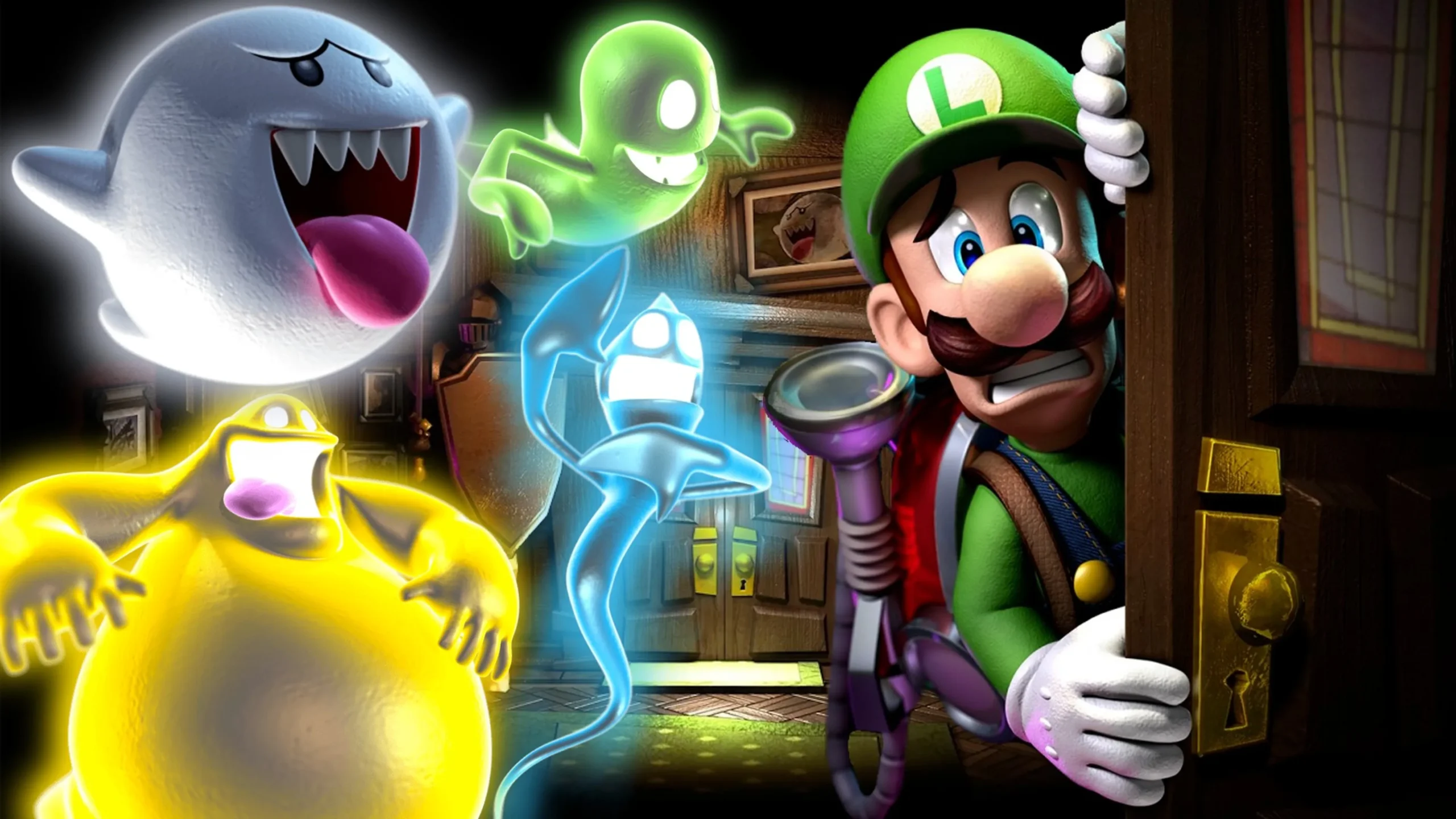League of Legends, developed by Riot Games, has become one of the most influential and popular video games in the world, particularly in the realm of esports. Since its release in 2009, League of Legends has evolved from a relatively niche multiplayer online battle arena (MOBA) game into a global esports phenomenon, drawing millions of players and spectators alike. This article explores the history of League of Legends, its journey to becoming a giant in the esports world, and the factors that have contributed to its enduring success.
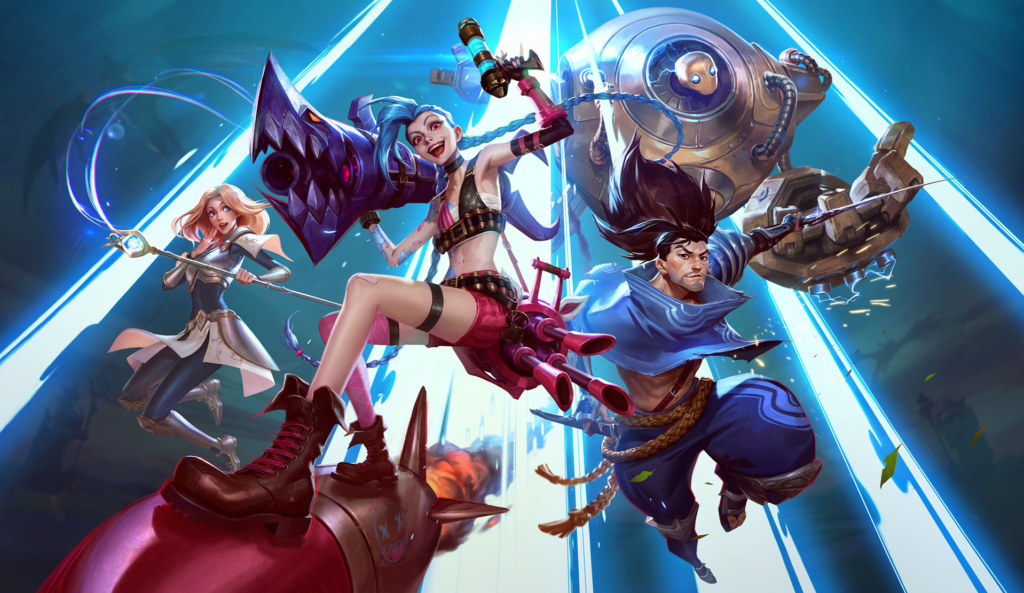
The story of League of Legends begins in the early 2000s, when the game’s creators, Brandon Beck and Marc Merrill, were inspired by the success of a popular mod for Warcraft III called Defense of the Ancients (DotA). DotA was a community-created game mode that introduced players to the MOBA genre, where two teams of five players each would battle to destroy the opposing team’s base while defending their own.
Recognizing the potential for a standalone game that could capitalize on the growing interest in this genre, Beck and Merrill founded Riot Games in 2006. Their vision was to create a game that would not only be fun to play but would also be constantly updated with new content, ensuring that players always had something fresh to look forward to. This vision became a reality with the release of League of Legends on October 27, 2009.
Upon its release, League of Legends faced stiff competition from other games in the MOBA genre, particularly DotA and its upcoming sequel, DotA 2. However, Riot Games managed to differentiate League of Legends by focusing on accessibility, frequent updates, and a strong commitment to community engagement.

One of the key factors in League of Legends’ early success was its free-to-play model. While many games at the time required an upfront purchase, League of Legends allowed players to download and play the game for free, with revenue generated through the sale of cosmetic items and in-game currency. This approach significantly lowered the barrier to entry, attracting a large and diverse player base.
Riot Games also placed a strong emphasis on maintaining a close relationship with its community. The company regularly engaged with players through forums, social media, and in-game events, gathering feedback and making adjustments to the game based on player input. This player-centric approach fostered a sense of loyalty and investment among the community, helping to build a dedicated player base.
As League of Legends gained popularity, it quickly became apparent that the game had the potential to be more than just a casual pastime—it could be a competitive esport. In 2010, Riot Games hosted the first League of Legends World Championship at the DreamHack Summer event in Sweden. The tournament featured eight teams from around the world competing for a $100,000 prize pool, with European team Fnatic ultimately emerging as the first world champions.

The success of the inaugural World Championship marked the beginning of League of Legends’ journey as a major esport. Riot Games recognized the potential for competitive play to drive engagement and began investing heavily in the development of a professional esports ecosystem. This included the establishment of regional leagues, such as the North American League of Legends Championship Series (NA LCS) and the European League of Legends Championship Series (EU LCS), which provided a structured environment for teams to compete on a regular basis.
As the competitive scene grew, so did the level of talent and professionalism within the League of Legends community. Teams began to form dedicated rosters of players who practiced and competed full-time, and organizations started to invest in infrastructure, coaching staff, and analysts to support their teams. This professionalization of the scene helped elevate the level of play and attracted more viewers to the game.
By 2013, League of Legends had established itself as the most-watched esport in the world. The Season 3 World Championship, held in Los Angeles, drew over 32 million viewers, with more than 8 million people tuning in for the finals. This level of viewership rivaled that of traditional sports events, solidifying League of Legends’ position as a major player in the global entertainment industry.
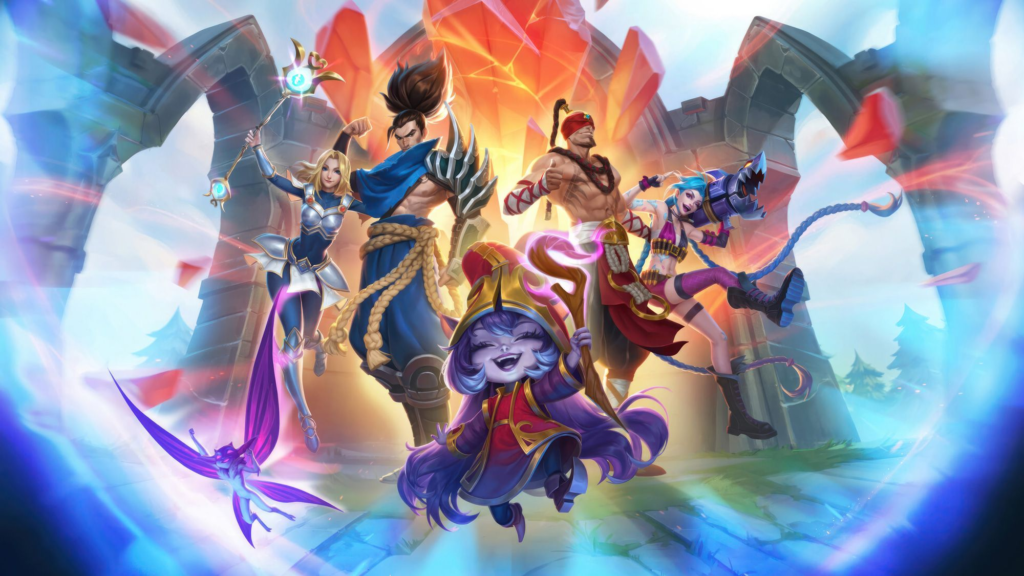
Riot Games continued to expand its investment in esports, introducing new regions and leagues to the competitive circuit. The creation of the League of Legends Pro League (LPL) in China and the League of Legends Champions Korea (LCK) further expanded the game’s reach, bringing in millions of new fans from Asia, a region with a deep passion for competitive gaming.
The League of Legends World Championship, often referred to simply as “Worlds,” has become the crown jewel of the League of Legends esports calendar. Held annually, Worlds brings together the best teams from each region to compete for the title of world champion and a share of a multi-million-dollar prize pool.
Each year, the World Championship is hosted in a different location, with cities like Seoul, Paris, and Shanghai serving as hosts. The event has grown into a global spectacle, featuring elaborate opening ceremonies, live performances, and state-of-the-art production values. The 2018 World Championship finals, held in Incheon, South Korea, attracted a record-breaking 99.6 million viewers, showcasing the massive global appeal of League of Legends.
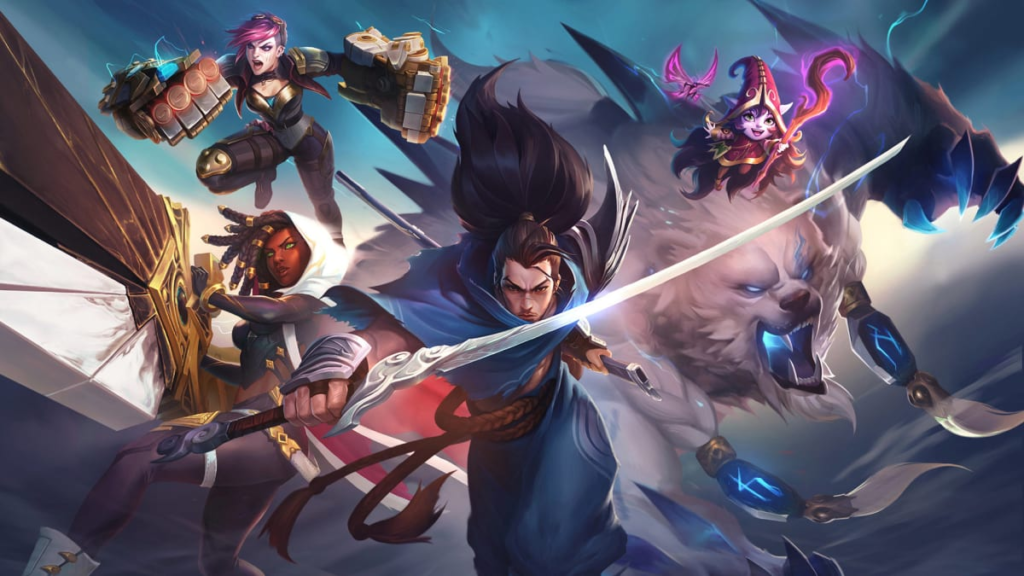
The competition at Worlds is fierce, with teams from all over the world vying for the coveted Summoner’s Cup. Teams like South Korea’s SK Telecom T1, China’s Invictus Gaming, and Europe’s Fnatic have become legendary within the League of Legends community, with their performances at Worlds cementing their place in esports history.
Beyond its success as a competitive esport, League of Legends has had a significant impact on popular culture. The game’s characters, known as champions, have become iconic, with many players forming deep emotional connections to their favorite champions. This has led to a thriving fan art community, cosplay, and a wide range of merchandise based on the game’s characters.
Riot Games has also expanded the League of Legends universe through various media, including music, comics, and animated series. The most notable of these is Arcane, an animated series set in the League of Legends universe that premiered on Netflix in 2021. Arcane received widespread critical acclaim and introduced the League of Legends world to a broader audience, further solidifying the game’s cultural impact.
As League of Legends approaches its 15th anniversary, the future of the game and its esports scene looks brighter than ever. Riot Games continues to innovate, introducing new champions, game modes, and events to keep the game fresh and engaging for players. The company has also shown a commitment to improving the competitive scene, with initiatives aimed at promoting diversity, player well-being, and sustainability within the esports ecosystem.
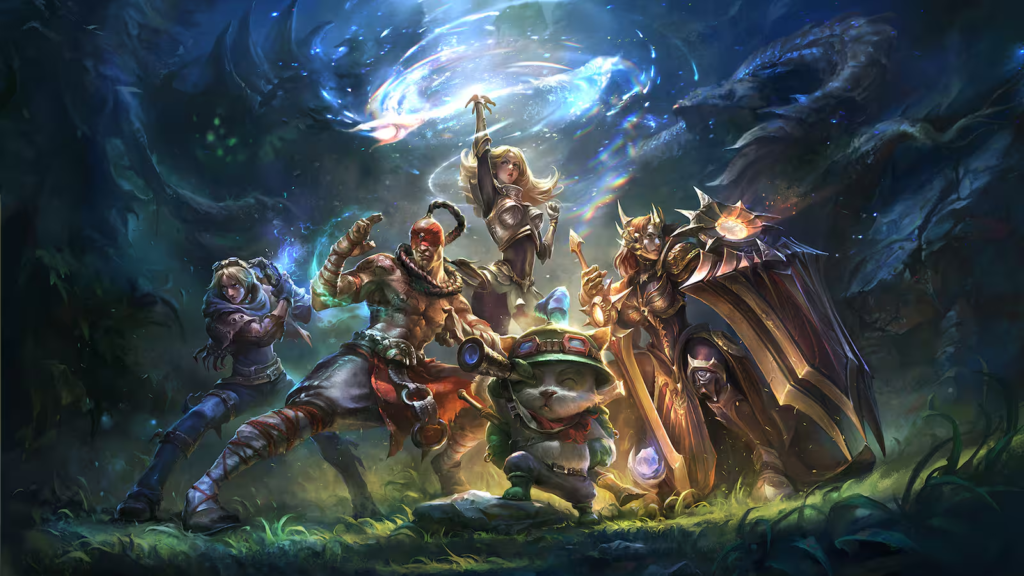
The continued growth of League of Legends esports has also led to increased investment from traditional sports organizations, media companies, and sponsors. This influx of resources is likely to further elevate the level of competition and drive the continued expansion of the League of Legends esports ecosystem.
League of Legends has come a long way since its humble beginnings as a passion project inspired by a Warcraft III mod. Through a combination of innovative gameplay, community engagement, and a strong focus on competitive play, League of Legends has become one of the most popular and enduring video games in the world. Its rise to prominence as an esport has been nothing short of extraordinary, with millions of players and fans around the globe coming together to celebrate their love for the game.
As League of Legends continues to evolve, it is likely that its influence on both gaming and popular culture will only grow. Whether you’re a casual player, a dedicated competitor, or a passionate fan, League of Legends offers something for everyone—and its story is far from over.



